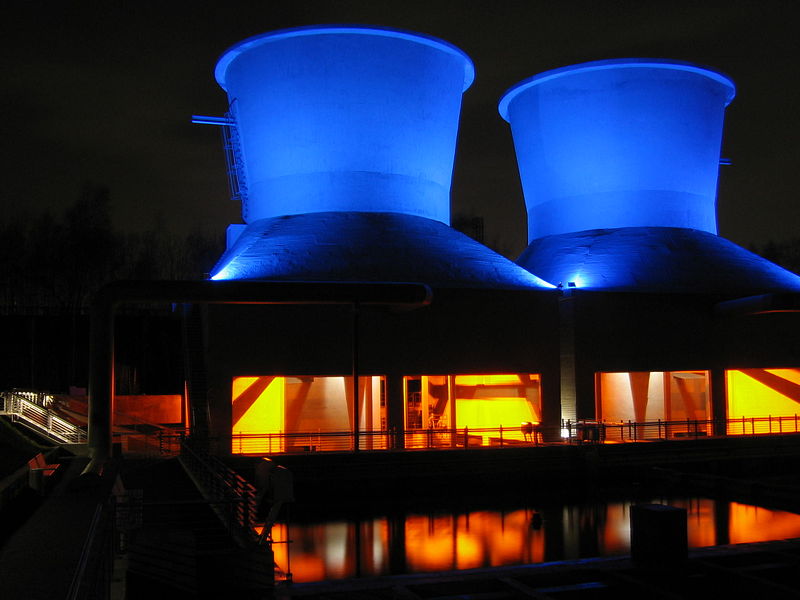We’ve been MIA on Suddenly the set of exhibitions, lectures and events exploring the shape of our cities through the lens, primarily, of German urban designer/theorist/architect Thomas Sieverts. But we did make it to Sieverts’ lecture and a panel discussion Friday afternoon at the UO’s new architecture school branch in the White Stag building in Portland’s Old Town, a suitably central (or maybe, paradoxically central) spot to consider the remaking of suburbs, I suppose.
 Matthew Stadler (a Scatter friend) did the introductions and moderated the panel, which was appropriate, because it was his reading of Sieverts’ book Cities Without Cities that suddenly changed his thinking about where the energy in cities really is these days and started this “movement” going. I think I’m getting ready to argue that Matthew’s was a creative misreading of Sieverts, though I’m waiting for one more event, another panel on Monday night, to confirm my first impressions, especially since I haven’t read the book(!).
Matthew Stadler (a Scatter friend) did the introductions and moderated the panel, which was appropriate, because it was his reading of Sieverts’ book Cities Without Cities that suddenly changed his thinking about where the energy in cities really is these days and started this “movement” going. I think I’m getting ready to argue that Matthew’s was a creative misreading of Sieverts, though I’m waiting for one more event, another panel on Monday night, to confirm my first impressions, especially since I haven’t read the book(!).
Fairly early on in Sieverts’ lecture another friend of Scatter wondered about the intelligibility of his argument. But I think I understood the gist. The thought line he presented went something like this. 1) European cities are “splash” cities, meaning they no longer have compressed central cores. Instead, they sprawl a lot like American cities. In Sieverts’ powerpoint, charts and graphs showed just how “splashy” specific German cities had become. 2) The edges of this sprawl are chaotic and featureless. 3) German cities are shrinking in population, which makes it hard to change the edges through growth: It takes transformation. 4) Architects should address the problems of the edge, supplying aesthetic “meaning” and cultural coherence to them, even though planners tend to ignore them because they are so nondescript. 5) If these “edge cities” are going to compete in the global economy, they are going to have to attract “creatives” (Richard Florida’s young creatives, though Florida wasn’t mentioned), and that makes the transformation of these featureless suburbs, between spaces, crucial.
Continue reading On the edge (of cities): past and present

